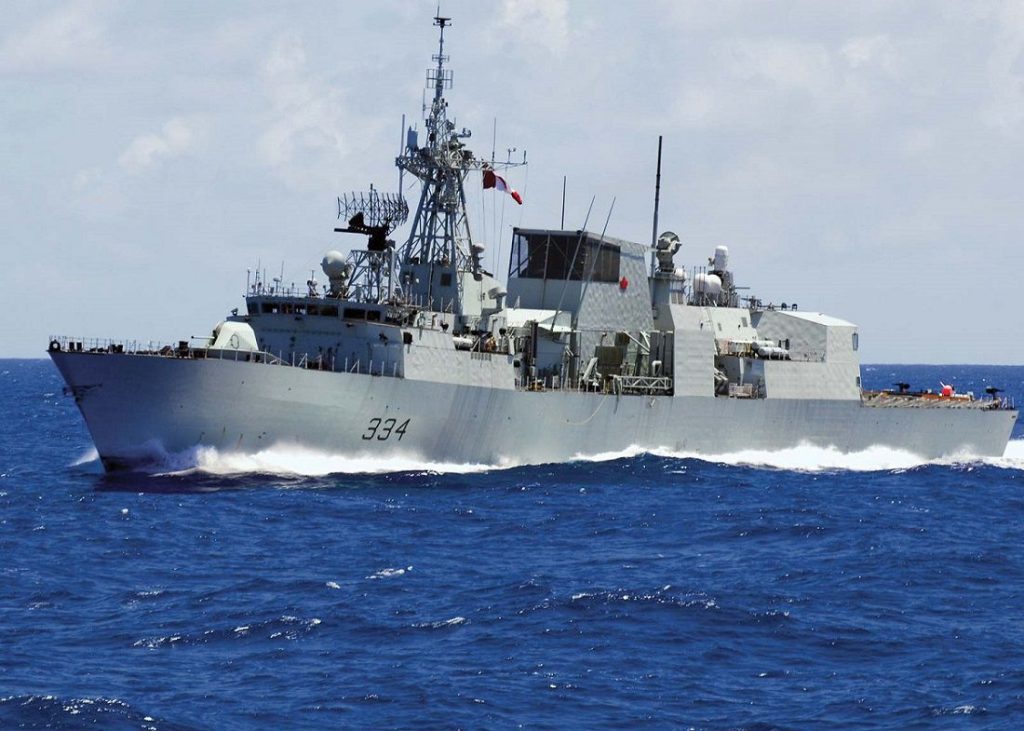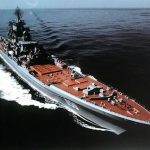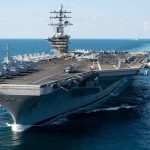The term frigate is synonymous with a medium sized warship that was widely used in the eighteenth and nineteenth centuries. Generally used as an escort vessel for large war and merchant ships, frigates are important to navies all around the world.
The earliest frigates were considered ships that could not stand in battle and hence were used for carrying goods or helping other warships. However, as time passed, the sizes of frigates increased, and they were thus used for patrolling or escorting bigger vessels. The early frigates usually had three masts and were equipped with light armaments.
Design and Construction
The eighteenth century frigates were all square rigged and had a couple of decks, each meant for a particular purpose. Generally, the upper deck used to carry all the guns and other weapons, and the lower deck was meant for crew accommodations. However, in some ships, the lower deck was used as the gun deck, and an additional deck below it served the purpose of crew accommodations. The early frigates were smaller in size, easy to maneuver, and good for assisting bigger ships during war time.
Later on, advanced frigates were made with higher weapon carrying capability and more power along with special designs for less hogging and higher hydrodynamic efficiency. Live oak trees that are found abundantly in America were extensively used at that time to build these ships. In order to prevent hogging, the hull of the frigates was designed in such a way that the weight of the guns come directly on the keel. Diagonal riders, also made from live oak, were used on both the sides, making an angle of forty-five degrees. The riders, which had a width of about two feet and a thickness of about one foot, assisted in maintaining the hull form by preventing hogging, increasing flexibility, and reducing various stresses on the ship. The placing of riders was a multi-layer method, wherein the planks were kept not only on the two faces of the frigate’s hull but also horizontally throughout the ribs for making a cross pattern. This particular pattern helped to resist any kind of stresses and thus made the structure stronger and more reliable.
Applications
In the nineteenth century, frigates with steam propulsion systems were made, which drastically increased their role in the navies around the world. However, as their applications increased, the term frigate was substituted by the terms battleship and destroyer. During the Second World War, some of the most advanced frigates were used in war applications such as anti-submarine vessels, minesweepers, minelayers, and merchant ships escorts.
Some of the modern frigates are also used as anti-aircraft vessels and have diesel, steam, and even nuclear propulsion systems. They are also equipped with various forms of offensive or defensive missiles and are called Guided Missile Frigates. A few of the most recent frigates are equipped with Stealth technology, which allows them to go undetected in an enemy’s radar system. In many navies, frigates are also known by the term destroyer.
Although known as destroyers in many parts of the world, frigates are smaller than cruisers but larger than actual destroyers, which are small yet tough warships usually made for their high speed. Presently destroyers are used around the world as anti-submarine vessels. However, although modern frigates are less armed than destroyers, they do carry a range of missiles and torpedoes.
Thus, frigates are large warships in small packages with characteristics such as high speed, excellent stability, and huge weaponry carrying capacity.




Comments are closed